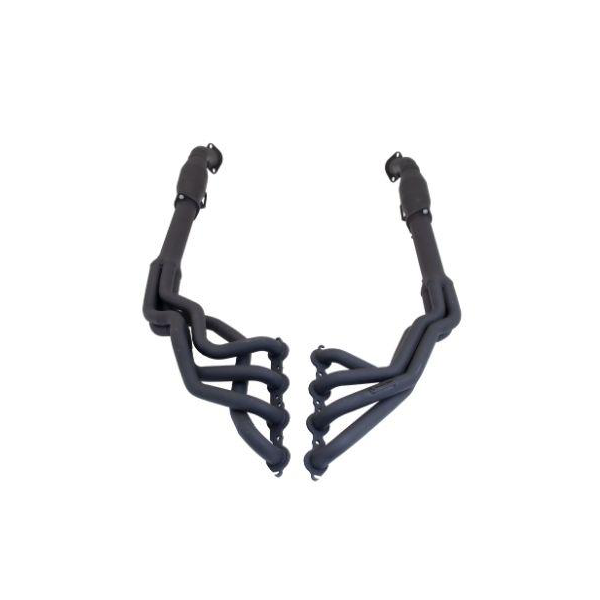
Industrial facilities, especially those dealing with combustible materials and processes, face the constant risk of explosions. These explosions can result in serious injuries, fatalities, and extensive damage to equipment and property. To mitigate these risks, many industries rely on flameless explosion vents as a crucial safety measure. Flameless explosion vents are designed to safely release the pressure generated during an explosion without the risk of flame propagation, thereby minimizing the potential for secondary explosions and protecting personnel and assets.
The Role of Flameless Explosion Vents
Flameless explosion vents play a vital role in industrial safety by effectively managing the pressure and flames that result from an explosion. These vents are designed to release the pressure buildup in a controlled manner, preventing the overpressurization of equipment and structures. By directing the explosive force through a flame arrestor system, flameless vents safely dissipate the heat and flames, reducing the risk of a catastrophic chain reaction that can lead to widespread damage and loss.
Key Benefits of Flameless Explosion Vents
- Prevent flame propagation: Flameless explosion vents are specifically designed to prevent flames from escaping the vented area, thereby reducing the risk of secondary explosions.
- Protect equipment and facilities: By releasing pressure and heat in a controlled manner, flameless vents help protect industrial equipment and structures from damage during an explosion.
- Ensure personnel safety: With their ability to mitigate the effects of explosions, flameless vents help safeguard the lives of workers by minimizing the risk of injuries and fatalities.
- Compliance with regulations: Many industrial safety regulations require the use of explosion protection measures, making flameless explosion vents essential for regulatory compliance.
Applications of Flameless Explosion Vents
Flameless explosion vents are used in a wide range of industrial applications where combustible dust, gases, or vapors are present. Some common industries that benefit from flameless venting systems include:
Food and Beverage
- Grain handling and processing facilities
- Bakeries and cereal manufacturing plants
- Breweries and distilleries
Chemical and Pharmaceutical
- Chemical processing plants
- Pharmaceutical manufacturing facilities
- Paint and coatings production sites
Woodworking and Metalworking
- Sawmills and woodworking shops
- Metal fabrication and machining facilities
- Foundries and forging operations
Considerations for Selecting Flameless Explosion Vents
When choosing flameless explosion vents for an industrial facility, several factors should be taken into account to ensure optimal safety and performance. These considerations include:
Material Compatibility
Flameless vents must be compatible with the materials and processes present in the facility to effectively contain explosions and prevent flame propagation.
Pressure Ratings
It is essential to select flameless explosion vents with appropriate pressure ratings to withstand the force of an explosion without rupturing or failing.
Installation Requirements
Proper installation of flameless explosion vents is critical to their effectiveness. Ensure that vents are installed according to manufacturer specifications and industry guidelines.
Maintenance and Inspections
Regular maintenance and inspections of flameless explosion vents are necessary to ensure their continued functionality and compliance with safety regulations.
Conclusion
Flameless explosion vents play a crucial role in industrial safety by providing a reliable and effective means of mitigating the risks associated with explosions in industrial settings. By preventing flame propagation, protecting equipment and personnel, and ensuring regulatory compliance, flameless vents help safeguard lives and assets in the event of an explosion. With their ability to safely release pressure and dissipate flames, flameless explosion vents are an essential component of a comprehensive industrial safety strategy.




